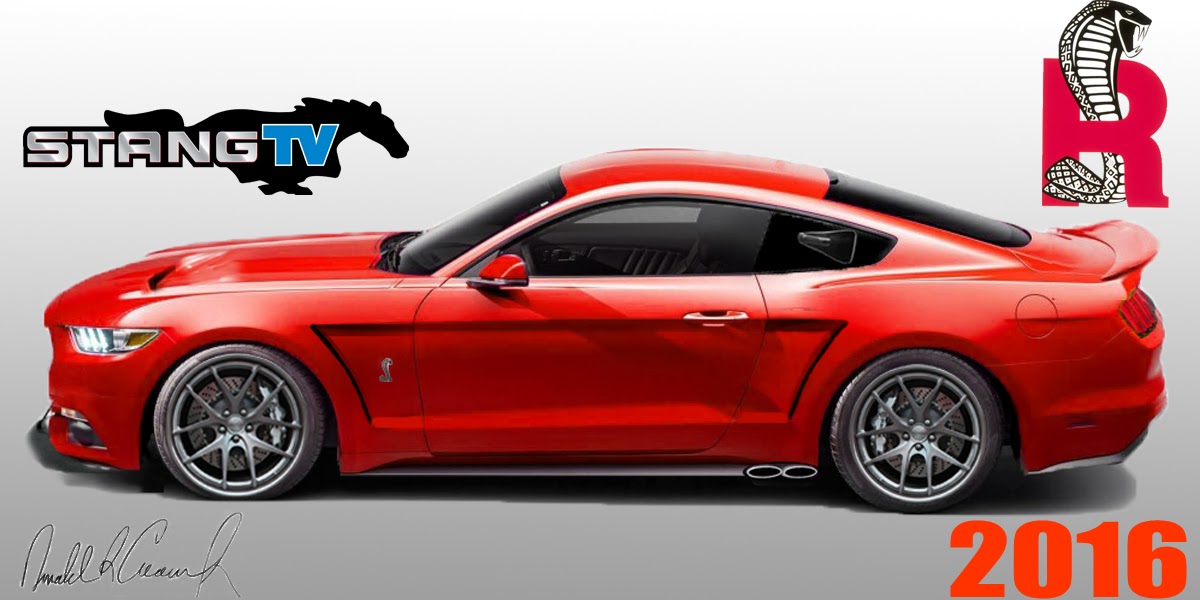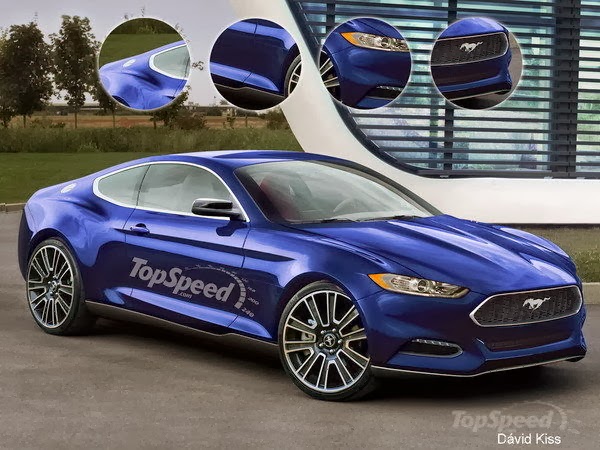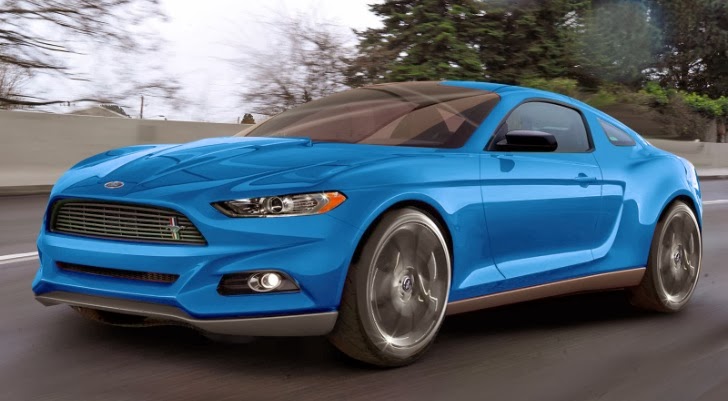What will the next generation Ford Mustang look like? Expect that the styling cues of the current generation model will find its way to that vehicle which should hit the market sometime in 2014. However, instead of relying solely on its U.S. design team to craft what will be the golden anniversary model, the Ford Motor Company will be soliciting input from designers around the world, keeping in line with its current practice of developing cars suitable for most any market.
Global Design
A radical change may be coming for the Ford Mustang if international design input holds sway. Expect that the next generation pony car to be smaller and lighter, making use of an EcoBoost four and optional V-6, perhaps losing its V-8 engines completely. That's to be expected given that Ford and other manufacturers are facing stiffer EPA fuel economy regulations come 2016, with fleets expected to average 35.5 mpg. No Mustang comes close to that magic number right now, but future models may achieve what is currently not possible.
Ford Mustang enthusiasts may be shuddering at the thought that their beloved pony car might be eviscerated. That thinking is premature and likely inaccurate: the U.S. design team will still spearhead development, with global designers offering their input according to Automotive News.
Lighter Mustang
What seems likely is based on personal speculation, but the possibilities include reducing the Mustang overall size by a foot, losing several hundred pound and, gasp, switching to front-wheel-drive. That latter prospect may be anathema to the 'Stang, but it isn't the first time Ford seriously considered making that move. In the late 1980s, the FWD Ford Probe nearly replaced the Mustang, but the pony car was rescued from certain doom by Dear born faithful. Instead, Ford sold both models before the Mazda-built Probe was discontinued.
Expect that at least one version of Ford's EcoBoost engine will find its way under the hood of the next generation Mustang. A 2.0-liter four sounds small, but with direct fuel injection and turbocharging working in tandem, the power derived from this motor may surprise enthusiasts. Four cylinder engines have been used in the Mustang before, but those earlier engines were weak and mostly ineffectual. An EcoBoost four would deliver V-6 equivalent power and four cylinder fuel economy. A similar V-6 EcoBoost might also be considered for those drivers demanding V-8 equivalent performance.
More Speculation
One radical idea for the Ford Mustang would be for it to lose its pony car status altogether - along with its rear seats - and take on the Nissan N370Z directly. That means the Chevrolet Camaro and Dodge Challenger would be left duking it out, 2+2 models with larger engines, heavier bodies and styled to evoke memory of the best of the sport coupe lot.














